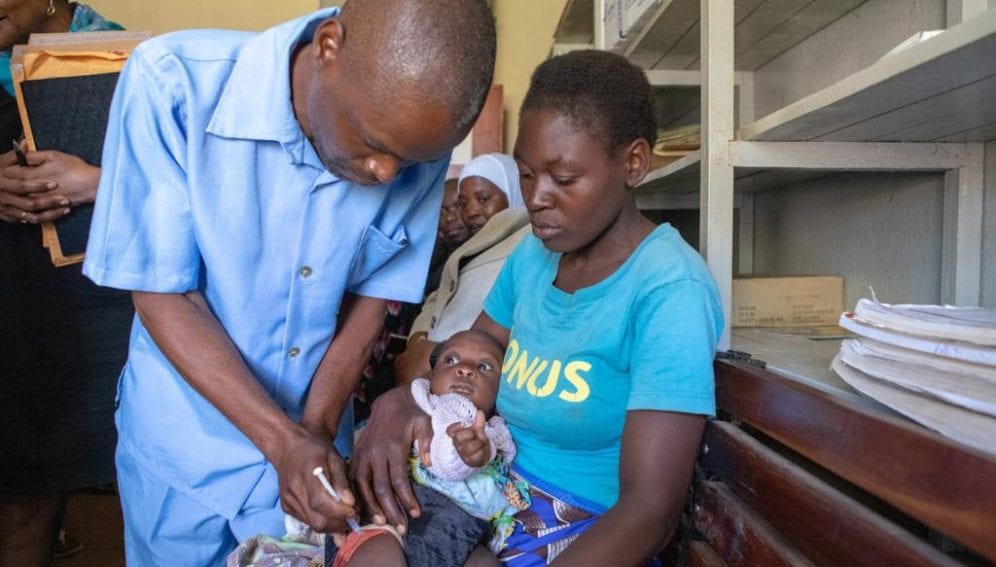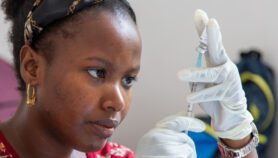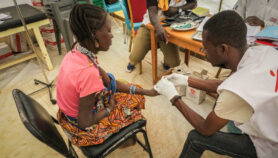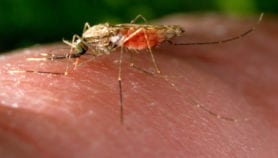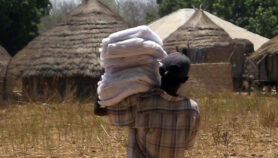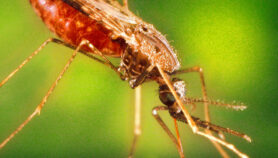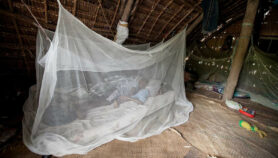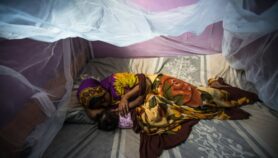Send to a friend
The details you provide on this page will not be used to send unsolicited email, and will not be sold to a 3rd party. See privacy policy.
[LILONGWE, MALAWI] The first rollout of a malaria vaccine in Malawi could lessen the burden of the disease in young children in Sub-Saharan Africa after a long hiatus in progress, researchers say.
Malaria is one of the world’s deadliest diseases, claiming the life of one child every two minutes, according to the World Health Organisation (WHO). Most of these deaths are in Africa, where more than 250,000 children die from the disease each year.
Michael Kayange, deputy director of Malawi’s National Malaria Control Programme and trial lead, called the vaccine a “complementary intervention”.
“The Malawi teams will be analysing it on many different levels in order to identify how and in whom it is effective.”
Terrie Taylor, Malawi’s Research Programme
“This means that it’s not complete on its own,” he said. “However, together with other interventions it will protect children from malaria.”
The vaccine’s efficacy and safety trial began in May 2009 and ended in early 2014. According to the WHO it is the only vaccine that has demonstrated it can significantly reduce malaria in children.
In earlier clinical trials nearly 39 per cent of children aged five- to 17-months-old who received the vaccine were protected from malaria, Kayange told SciDev.Net.
The rollout will see about 120,000 children under two years old in Malawi get doses of the vaccine, known as RTS,S, in the next four years.
The vaccine trains the immune system to attack the malaria parasite, which is spread by mosquito bites, explained Kayange.
“This time around, the vaccine trial will be done in a four-dose schedule: at five, six, seven and 22 months,” he said. “The trial will take place at selected sites and is designed to generate evidence and experience to inform policymakers on the broader use of the vaccine.”
‘Real-world trial’
The country is the first of three in Africa to introduce the vaccine. Ghana and Kenya will in the coming weeks also make the vaccine available to children under two, according to a WHO statement published this week (23 April) when the trial began.
GSK, the vaccine developer and manufacturer, is donating up to 10 million vaccine doses for the pilot, which aims to reach about 360,000 children per year across the three countries, the WHO said.
Terrie Taylor, a professor at US-based Michigan State University and a malaria researcher at Malawi’s Research Programme, told SciDev.Net the global science community was looking forward to the results of this large-scale “real world” trial of RTS,S.
“The Malawi teams have been working hard to organise the pilot programme, and will be analysing it on many different levels in order to identify how and in whom it is effective,” said Taylor.
Miriam Laufer, a professor of paediatrics at the University of Malawi's College of Medicine, told SciDev.Net that progress on malaria had stalled for years.The addition of a vaccine, even if it is not perfect, may reduce the burden of malaria in some of the worst affected regions and even pave the way to elimination, she said.
“The decision to move forward with this project represents a powerful spirit of collaboration among international partners to develop and implement the research needed to inform public health decisions,” said Laufer, who is also the associate director for malaria research at the University of Maryland School of Medicine in the United States.
Matshidiso Moeti, the WHO regional director for Africa, echoed Laufer’s comments, adding in a statement that the disease is a constant threat in African communities where “the poorest children suffer the most and are at highest risk of death”.


